Shifts in Consumer Behavior
The TV Advertising Market is significantly influenced by shifts in consumer behavior, particularly the increasing preference for on-demand content. As audiences gravitate towards streaming services, traditional TV viewership has seen a decline. However, this shift presents an opportunity for advertisers to adapt their strategies. Data suggests that while linear TV viewing has decreased, the average time spent on streaming platforms has increased, indicating a potential for targeted advertising. Advertisers are now focusing on creating content that resonates with viewers' preferences, leading to more personalized ad experiences. This evolution in consumer behavior necessitates a reevaluation of advertising strategies within the TV Advertising Market, as brands seek to capture the attention of audiences who are increasingly selective about their viewing choices.
Regulatory Changes and Compliance
The TV Advertising Market is subject to various regulatory changes that can impact advertising strategies and practices. Governments worldwide are implementing stricter regulations regarding advertising content, particularly concerning children and vulnerable populations. These regulations aim to ensure ethical advertising practices and protect consumers from misleading information. For instance, recent legislation has mandated clearer disclosures for sponsored content, which could influence how brands approach their advertising campaigns. Compliance with these regulations is crucial for advertisers to maintain credibility and avoid penalties. As the regulatory landscape continues to evolve, the TV Advertising Market must adapt to these changes, ensuring that advertising practices align with legal requirements while still effectively reaching target audiences.
Emergence of Interactive Advertising
The TV Advertising Market is witnessing the emergence of interactive advertising, which is reshaping how brands engage with consumers. Interactive ads allow viewers to participate actively, creating a more immersive experience that can lead to higher retention rates. This trend is particularly relevant as audiences become more accustomed to engaging with content on digital platforms. Data suggests that interactive ads can increase viewer engagement by up to 50% compared to traditional ads. As advertisers explore innovative formats, such as shoppable TV ads and gamified content, the potential for enhanced consumer interaction grows. This shift towards interactivity in advertising not only enriches the viewer experience but also provides valuable insights into consumer preferences, thereby influencing future strategies within the TV Advertising Market.
Integration of Multi-Channel Advertising
The TV Advertising Market is increasingly integrating multi-channel advertising strategies to enhance brand visibility and engagement. Advertisers are recognizing the importance of a cohesive approach that combines traditional TV advertising with digital platforms. This integration allows for a more comprehensive reach, as consumers often engage with multiple media channels simultaneously. Data indicates that campaigns utilizing both TV and digital platforms can achieve up to 30% higher engagement rates compared to those relying solely on one medium. By leveraging the strengths of various channels, advertisers can create more impactful campaigns that resonate with diverse audiences. This trend towards multi-channel advertising is reshaping the landscape of the TV Advertising Market, as brands seek to maximize their advertising effectiveness in an increasingly fragmented media environment.
Technological Advancements in Broadcasting
The TV Advertising Market is currently experiencing a transformative phase due to rapid technological advancements in broadcasting. Innovations such as high-definition (HD) and ultra-high-definition (UHD) technologies have enhanced viewer experiences, leading to increased engagement with advertisements. Furthermore, the integration of artificial intelligence (AI) in ad targeting allows for more precise audience segmentation, thereby improving the effectiveness of campaigns. According to recent data, the adoption of smart TVs has surged, with projections indicating that by 2025, over 50% of households will own a smart TV. This shift not only expands the reach of TV advertising but also provides advertisers with valuable data analytics to refine their strategies. As a result, the TV Advertising Market is poised for growth, driven by these technological innovations that enhance both viewer engagement and advertising effectiveness.


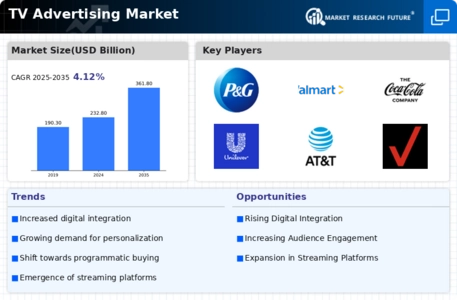
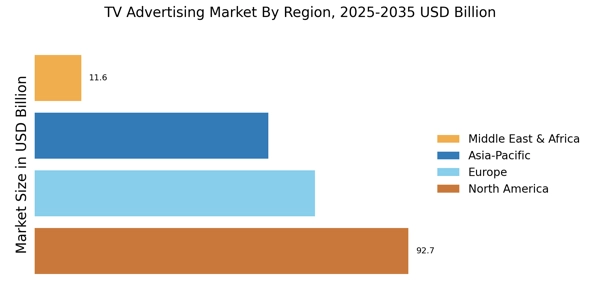
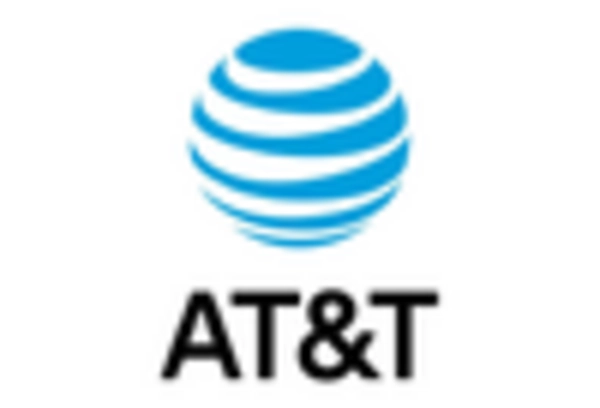
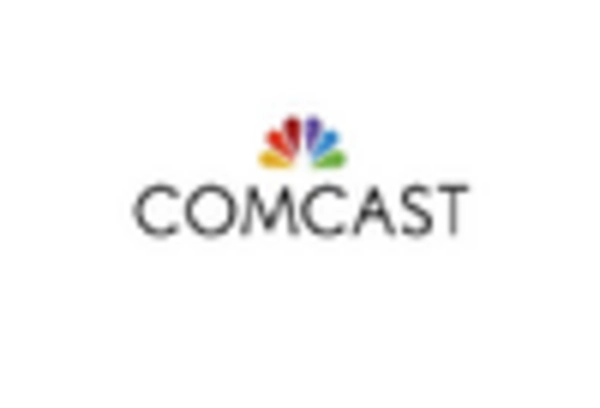
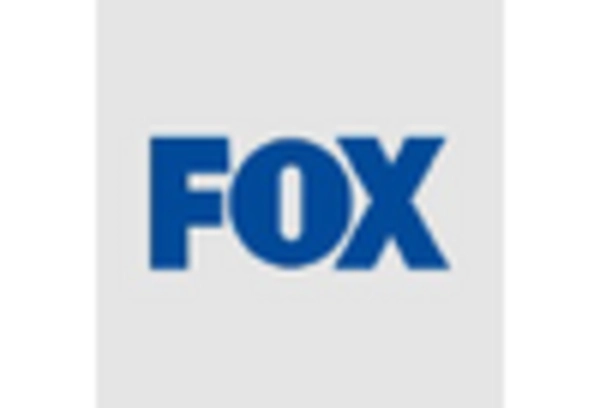











Leave a Comment